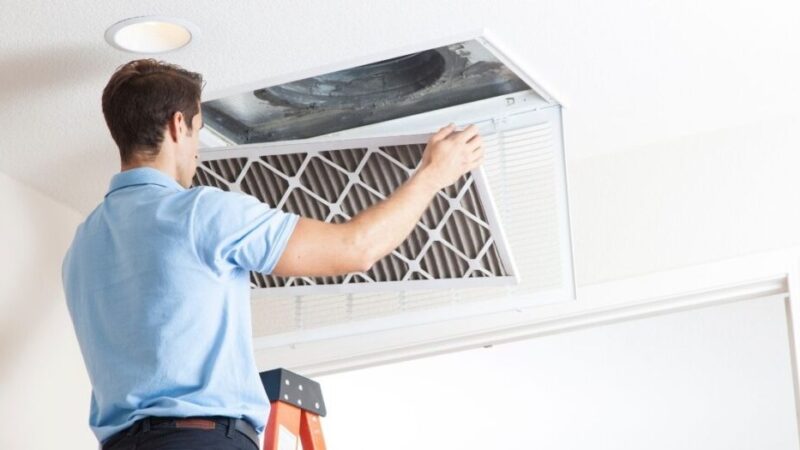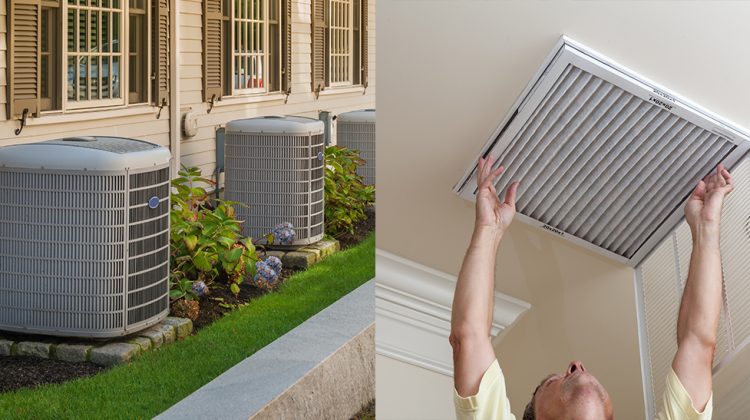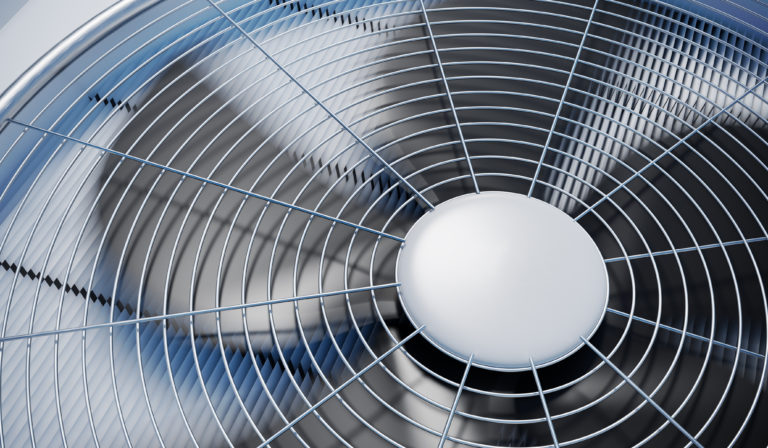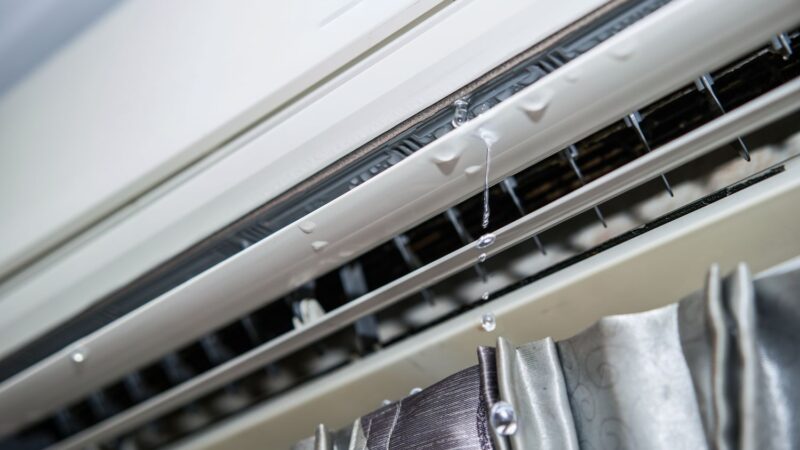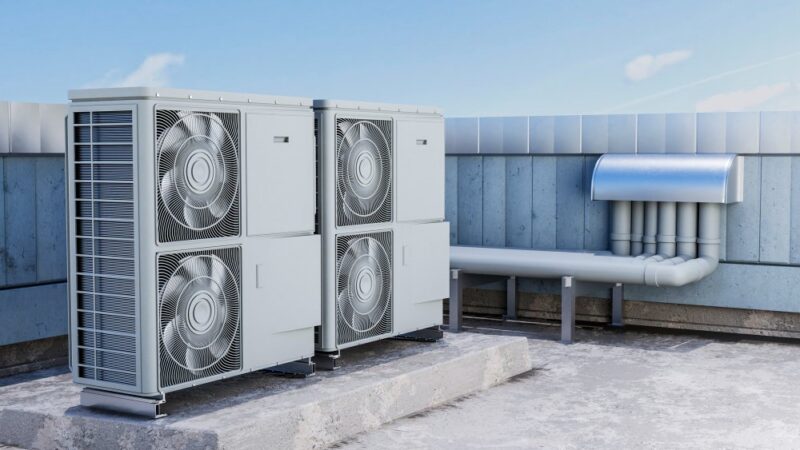Dehumidifiers For Bathrooms
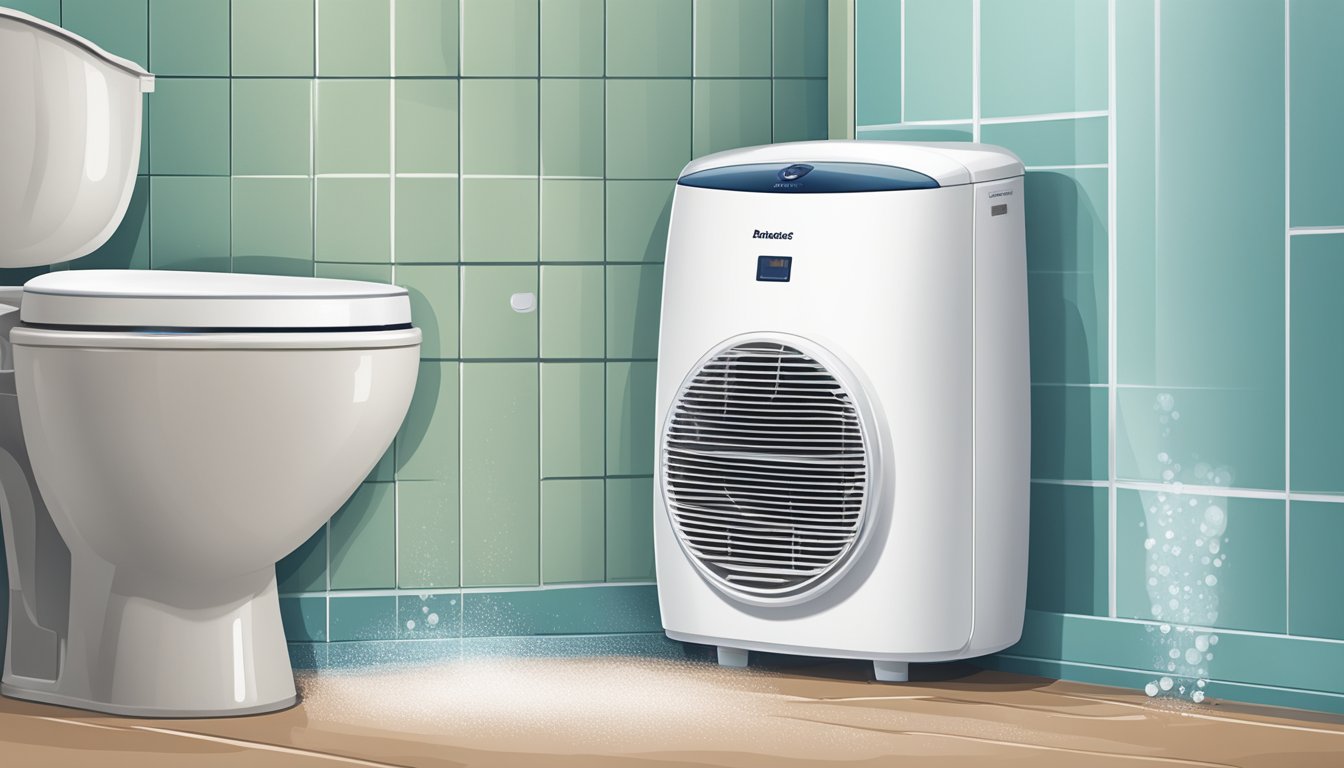
Do you need a dehumidifier for your bathroom? Bathroom dehumidifiers, like other types, are designed to lower humidity levels in the room.
The U.S. Environmental Protection Agency (EPA) advises that humidity levels above 60% can encourage mold growth, which can lead to various issues in the home.
In this article, we’ll explain why mold in bathrooms is problematic and share the best ways to prevent it.
Why Is Bathroom Mold a Problem?
It’s easy to see why no one wants mold in their bathroom. Besides being ugly and making the space look unclean, mold also leaves behind a bad smell. But these are just the minor issues.
The real concern with bathroom mold is its impact on health. Mold exposure can lead to respiratory issues, asthma, and allergic reactions. What’s worse, some health problems caused by mold can be long-lasting, even after the mold is gone.
Mold doesn’t just affect your health—it can also seriously damage your home. It feeds on organic materials like wood, causing damage to walls, ceilings, and floors over time.
Mold spreads quickly, so if it starts in your bathroom, it can easily spread to other parts of the house. Since mold removal is expensive and time-consuming, it’s much better to prevent mold from growing in the first place.
Do You Need a Dehumidifier for Your Bathroom?
Bathrooms are naturally humid environments, making them the perfect breeding ground for mold. Water from baths and showers often splashes on the floor, and hot showers fill the room with steam. Plus, bathrooms have plenty of pipes that can drip or leak.
Many bathrooms also have poor ventilation. With no windows, just one door that’s often kept closed, the lack of airflow increases the chances of mold growth.
If your bathroom has an exhaust fan, using it during and after showers can help reduce moisture, potentially lowering the need for a dehumidifier. However, if you don’t have an exhaust fan, or mold still appears despite using one, adding a dehumidifier may be a good solution.
Preventing Bathroom Mold
Besides using a dehumidifier, there are several ways to reduce the chances of mold forming in your bathroom:
- Always run the exhaust fan during and after showers to help remove moisture from the air. If you don’t have a fan, open a window slightly to increase airflow.
- Avoid carpeting in the bathroom—use tile or linoleum floors instead, and add washable throw rugs for warmth.
- If rugs get wet, hang them up to dry immediately.
- Wipe up any water spills as soon as they happen.
- Use a squeegee to dry the shower walls faster after each use.
- Keep the shower curtain closed while showering to prevent water from dripping onto the floor, and dry the floor if it gets wet.
- After showering, spread the shower curtain out to help it dry faster. If you have a shower door, leave it open a bit to promote airflow and dry the walls more quickly.
- If possible, install an exhaust fan if you don’t already have one, as it significantly improves ventilation and helps prevent mold.
- Leave the bathroom door open after showering to let air circulate. If you live alone, you might even leave it slightly open while showering.
- Clean the bathroom regularly with antifungal disinfectants to stop mold from growing.
- Repair any leaks from faucets or pipes immediately.
- Regularly check under sinks and behind the toilet for leaks. Installing leak sensors can help catch small leaks before they become big issues.
Even if you follow all these tips, a dehumidifier may still be necessary if your bathroom has poor ventilation or is prone to mold. And while a dehumidifier can help a lot, it works best when combined with these preventive measures.
Choosing a Dehumidifier for Your Bathroom
When picking a dehumidifier for your bathroom, it’s important to think about both the size of the bathroom and how much moisture is in the air.
Bathrooms are usually quite humid, but since they’re small spaces, you don’t need a large dehumidifier. You can use this helpful chart to find the right size for your bathroom.
Most bathroom dehumidifiers are small and have limited water capacity, so you’ll probably need to empty them about once a week. The good news is that dehumidifiers automatically shut off when they’re full, preventing any overflow.
How do I dehumidify my bathroom?
Dehumidifying your bathroom is simple. Here are some easy tips:
- Use a Dehumidifier: Place a small dehumidifier in your bathroom to remove excess moisture from the air.
- Ventilation: Always turn on the exhaust fan while showering and keep it on for a bit after. If you don’t have a fan, open a window.
- Wipe Down Surfaces: After showering, use a towel to wipe down wet surfaces like tiles and glass.
- Remove Wet Towels: Take wet towels and rugs out of the bathroom to dry elsewhere.
- Use a Squeegee: Run a squeegee over the shower walls and floor after each use to remove water.
- Keep the Door Open: Leave the bathroom door open when not in use to allow air to circulate.
Recommendation
Your Dehumidifier Keeps Icing Up, Why and How to Fix It?
How Much Electricity Does an Air Purifier Use?
Air Purifier Vs Humidifier: Which One Do You Need?
How Does An Air Purifier Work?
Where To Put Air Purifier In Your Home?
How To Clean Air Purifier Filter?
How To Fix Levoit Air Purifier Red Light Problem?
FAQs
Q1: Are dehumidifiers good for the bathroom?
A1: Yes, dehumidifiers are great for bathrooms. They help remove excess moisture from the air, reducing the chances of mold, mildew, and water damage to your bathroom’s structure. Along with an exhaust fan, a dehumidifier can keep your bathroom fresh, clean, and more comfortable for showering or bathing. Both devices work to prevent moisture buildup, making your bathroom a healthier and more pleasant space.
Q2: Will a dehumidifier stop bathroom mould?
A2: A dehumidifier can help stop bathroom mold by reducing moisture in the air. Mold needs moisture to grow, so by keeping the air dry, a dehumidifier can make it harder for mold to form. However, it’s also important to clean any existing mold and keep surfaces dry by wiping them down after use. Using a dehumidifier along with these practices can help prevent mold in your bathroom.
Q3: Do Dehumidifiers use a lot of electricity?
A3: No, dehumidifiers don’t use a lot of electricity. They are designed to remove moisture from the air, and most models are energy-efficient. The amount of electricity they use depends on their size and how often you run them, but generally, they won’t have a big impact on your electricity bill. For example, if the current power rate is 15 cents per kilowatt-hour, an electric dehumidifier uses about 4.2 cents of power per hour.


